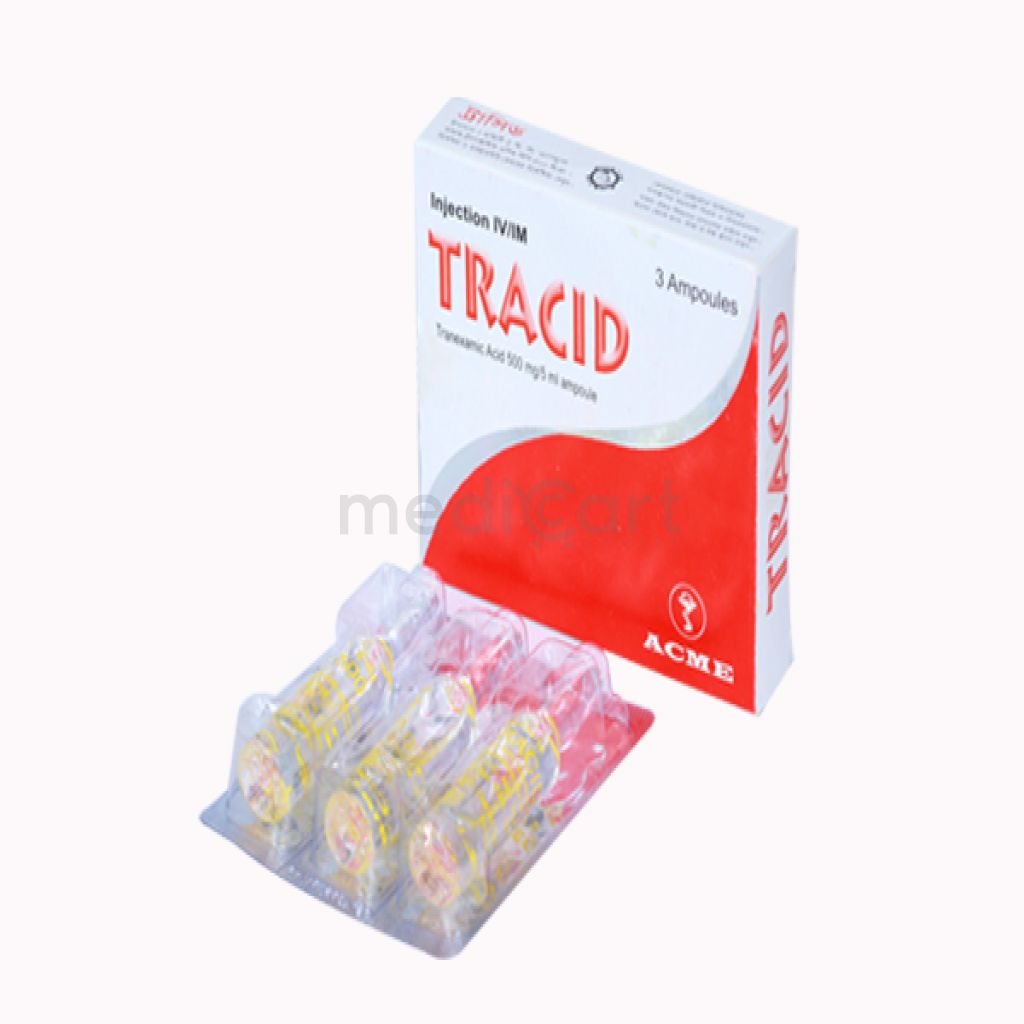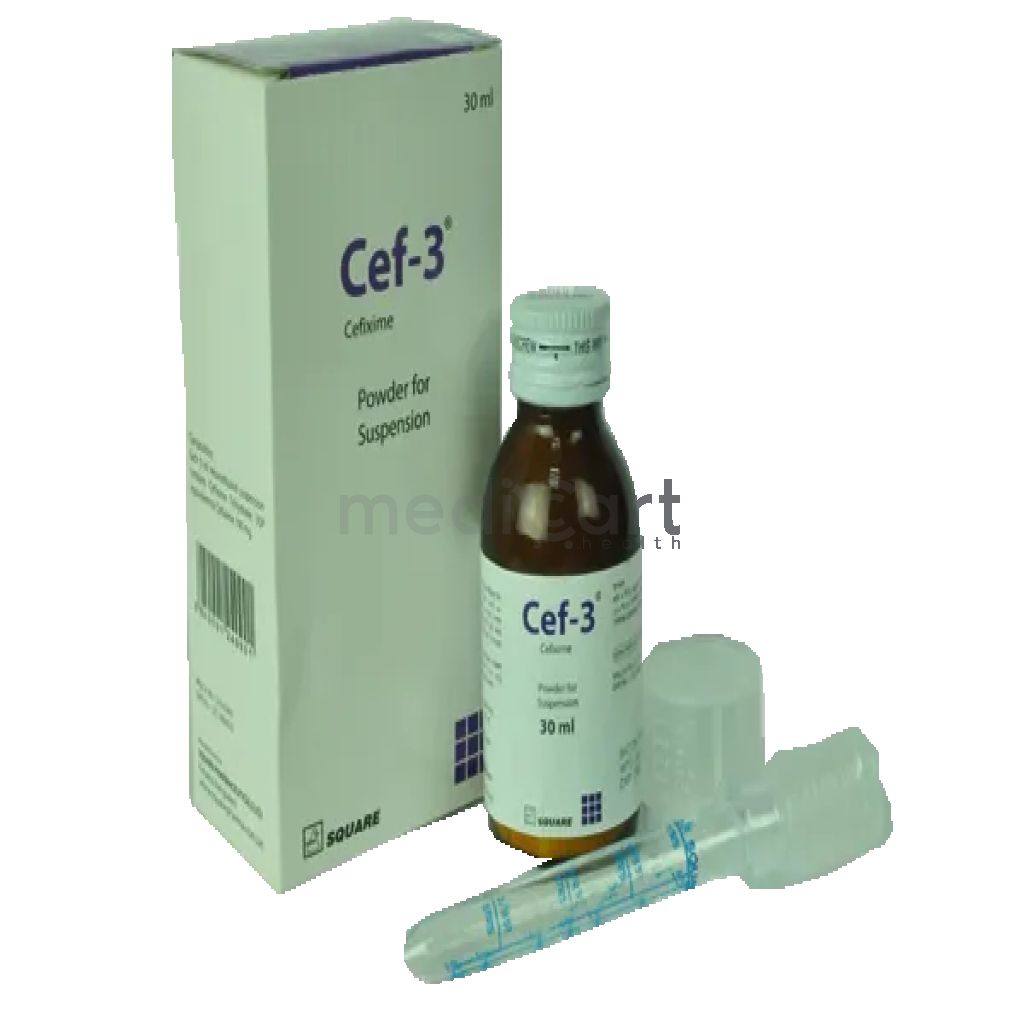

Ralozine SR - 500mg
Tablet* Delivery will be done in Dhaka city only.
More Information About - Ralozine SR - 500mg
Description
Generic Name
Ranolazine
Precaution
Heart rhythm problems (e.g., bradycardia, QT prolongation, ventricular tachycardia), liver problems, certain uncorrected mineral imbalances (low potassium/magnesium levels), severe kidney problems. Lactation: Unknown if excreted in breast milk; discontinue or do not nurse
Indication
Chronic angina
Contra Indication
Taking strong inhibitors of CYP3A (e.g., ketoconazole, clarithromycin, nelfinavir) Taking inducers of CYP3A (e.g., phenobarbital, rifampicin)Significant hepatic impairment
Dose
N/A
Side Effect
>10% Dizziness (5-13%) 1-10% Nausea (4-9%),Constipation (5-8%),Headache (3-6%),Syncope (3%) Frequency Not Defined Palpitations,Bradycardia,Peripheral edema,Prolonged QT interval,Abdominal pain,Dry mouth,Dyspepsia,Anorexia,Vomiting,Hematuria,Dyspnea,Tinnitus,Vertigo,Blurred vision,Vasovagal syncope,Confusional state,Hematuria,Hyperhidrosis
Pregnancy Category
Name : C
Description
Animal reproduction studies have shown an adverse effect on the fetus and there are no adequate and well-controlled studies in humans, but potential benefits may warrant use of the drug in pregnant women despite potential risksMode of Action
Ranolazine exert its antianginal and anti-ischaemic effects through concentration-, voltage-, and frequency-dependent inhibition of the late Na current and other cardiac ion channels and transporters. It may decrease the magnitude of the late Na current resulting in a net reduction in intracellular Na concentrations, reversal of Ca overload, restoration of ventricular pump function, and prevention of ischaemia-induced arrhythmias. Its antianginal effects are not dependent upon reductions in heart rate or BP and QT interval prolongation effect is caused by inhibition of rapid delayed rectifier K current (IKr), which prolongs the ventricular action potential.
Interaction
Increased plasma levels w/ moderate CYP3A4 inhibitors (e.g. diltiazem, fluconazole, erythromycin), P-glycoprotein inhibitors (e.g. verapamil, ciclosporin) and CYP2D6 inhibitors (e.g. paroxetine). May increase plasma digoxin concentrations. May increase risk of rhabdomyolysis w/ simvastatin. May increase plasma concentrations of atorvastatin, other statins (e.g. lovastatin) and CYP3A4 substrates w/ narrow therapeutic range (e.g. tacrolimus, sirolimus, everolimus). May increase plasma exposure of metformin. Increased risk of ventricular arrhythmias w/ other drugs that prolong QT interval (e.g. terfenadine, astemizole, mizolastine). Potentially Fatal: Increased plasma concentrations leading to increased adverse effects w/ CYP3A4 inhibitors (e.g. itraconazole, ketoconazole, HIV protease inhibitors, clarithromycin, telithromycin, nefazodone). Decreased plasma concentration w/ CYP3A4 inducers (e.g. rifampicin, phenytoin, phenobarbital, carbamazepine). Increased risk of QT interval prolongation w/ class 1A (e.g. quinidine) or class III (e.g. dofetilide, sotalol) antiarrhythmics other than amiodarone.
Pregnancy Category Note
Pregnancy category: C Lactation: Unknown if excreted in breast milk; discontinue or do not nurse
Adult Dose
Oral Chronic angina 500 mg PO BID initially; may increase to 1,000 mg PO BID, if needed Hepatic Impairment: Mild: Dose titration needed. Moderate to severe: Contraindicated.
Child Dose
N/A
Renal Dose
Renal Impairment Mild to moderate (CrCl 30-80 mL/min): Dose titration needed. Severe (CrCl <30 mL/min): Contraindicated.
Administration
May be taken with or without food.
Disclaimer
The information provided herein are for informational purposes only and not intended to be a substitute for professional medical advice, diagnosis, or treatment. Please note that this information should not be treated as a replacement for physical medical consultation or advice. Great effort has been placed to provide accurate and comprehensive data. However, Medicart along with its authors and editors make no representations or warranties and specifically disclaim all liability for any medical information provided on the site. The absence of any information and/or warning to any drug shall not be considered and assumed as an implied assurance of the Company.








